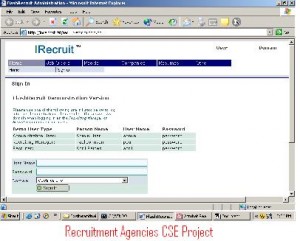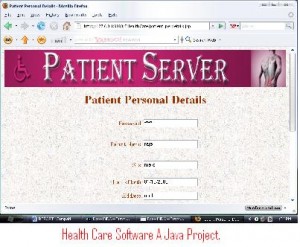Introduction:
The forklift in simple terms can be described as a device that can lift hundreds of kilograms. They are usually made of steel and depending on their capacity can support up to a few tons. They are mostly powered by gasoline, propane or electricity. Forklifts are used in ware houses mostly. By using forklifts, a person can move large amount of weight at once.
The project at hand “Remote Operated Fork Lift Btech BE Mechanical Final Report”, the forklift is designed with the latest technology and a prototype model is designed here. This project is connected by remote technology with the operator in a position to walk along the forklift improving his visibility and the container is placed accurately. This kind of forklift greatly improves the safety of the operator.
Description:
This project Remote operated forklift aims to create mechanical movements in a forklift as per command signals produced and passed through RF module designed remote. The controller chip generates the data code and transmitted as a modulated signal. The receiver on receiving the signal demodulates it and the output is given to a microcontroller unit assembled over the forklift. The controller controls the motors via the H-bridge as programmed.
The forklift designed in this project can move in all directions including reverse direction. In this project, a communication is set up between two points in space. The waves that are transmitted and received are radio waves.
Btech BE Mechanical Final Report Conclusion:
By implementing this project, the vehicle can move in any direction enabling rotational movement too. Also human errors can be eliminated. Since it is a machine it can carry heavy loads. This means more amount of cargo can be transported at a very small amount of time. This factor is hugely responsible in increasing the productivity. The project here can be implemented in warehouses and reduce the pressure on manpower resources.
Download Remote Operated Fork Lift Btech BE Mechanical Final Year Project Report


